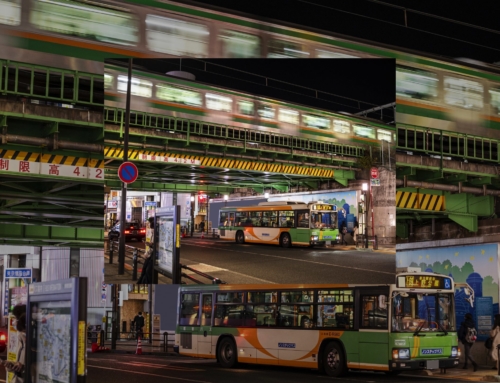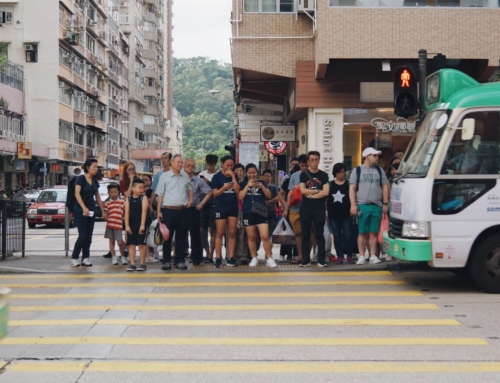The unsolved problems with private and on-street parking
Consider this question: You roam around in endless loops in a parking lot, looking for an empty spot; so just how much time do we waste on a daily basis searching for parking?
For motorists in Kuala Lumpur, a study conducted by Boston Consulting Group (BCG) in 2018 revealed that motorists spend an average of 25 minutes every day just looking for parking spaces. This does not include the time spent stuck in traffic, which on average, takes an additional 53 minutes.
And with the rising volume of vehicles on the road due to population growth and urbanisation, solving drivers’ pain points is ever more important.
Parking is a core part of every journey. But to make our journeys seamless and efficient, we need data. This includes data about parking locations and availability, where empty spaces are, the requirements for special needs, parking fees and duration restrictions, just to name a few.
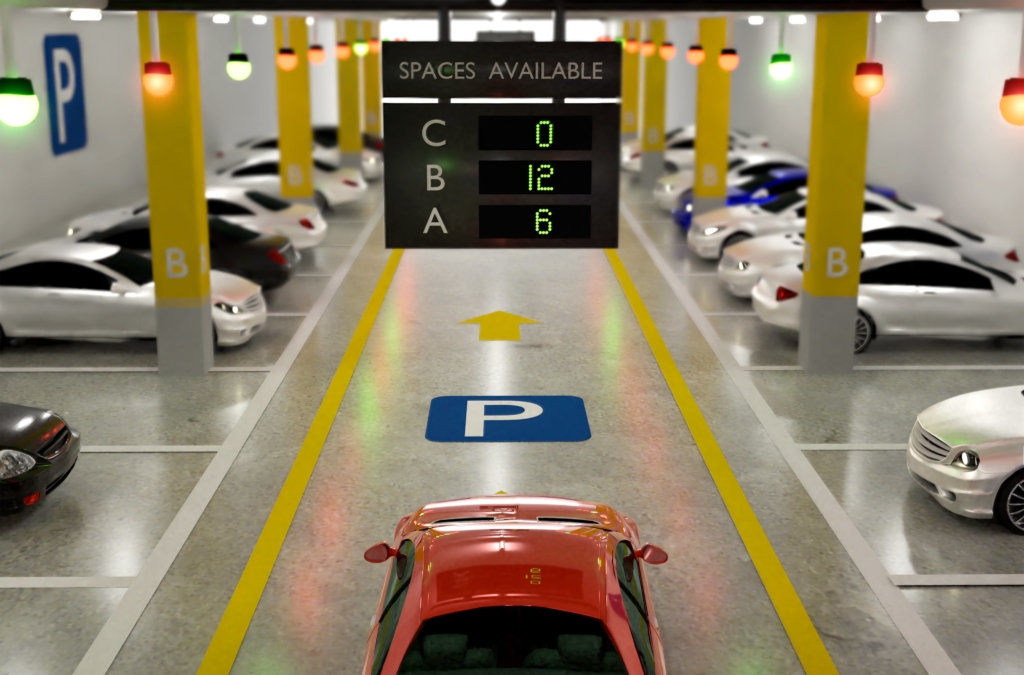
Innovation in Private Parking Lots
There are new solutions that are available today using different technologies. The most common is for private parking lots to install sensors that indicate how many available spaces there are. Commonly, these sensors have coloured lights on top of every space indicating availability.
Licence Plate Recognition (LPR) technology, which captures vehicles’ plate numbers as they drive in to record the parking duration and charge the users accordingly, is also becoming common.
The move towards the use of Radio-Frequency Identification (RFID) tags automating payments and providing entry/access to private lots is also in the works.
Touch ‘n Go recently said it will roll out RFID payments for parking lots. The company is committed to making RFID payments a reality at petrol stations as well as food and beverage drive-through outlets.
If more RFID applications are successful, RFID could emerge as a default payment option. In general, we are starting to see an integration of new payment methods, lessening the trouble of using small change for payment.
Besides this, a few digital applications are also coming into the picture.
The Park It app is a peer-to-peer parking solution that allows users to share their parking spaces when they are not using them. Another smartphone app, kipleCity, formerly kiplePark, utilises LPR technology to streamline private parking management by processing payment directly on the app.
The ParkAide app boasts of a full parking management solution. The app displays full and empty parking bays, thereby allowing drivers to book a parking space. It also helps drivers locate their cars in a parking lot.
ParkAide also offers analytics identifying high-demand parking bays and enables management to recommend empty parking bays. It even integrates building security with an SOS button for users.
Overall, private parking lots are advancing quicker than on-street parking as technology can be integrated with its existing infrastructure. That said, we are not yet at a stage where parking can be fully automated because of the lack of quality parking data.
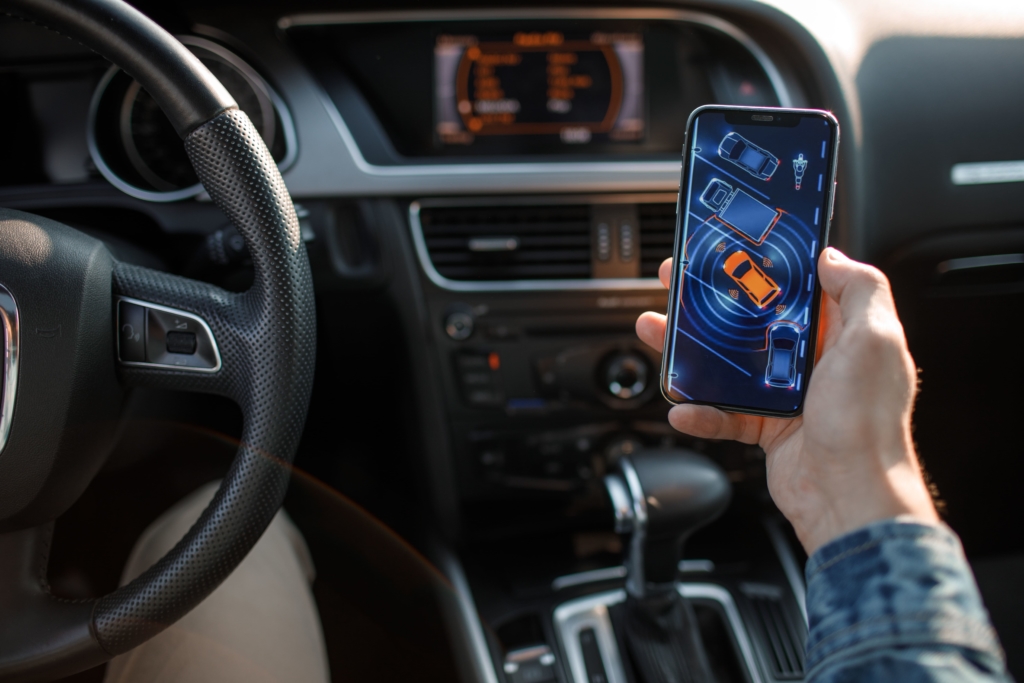
What about On-Street Parking?
Public on-street parking or municipal parking suffers from similar challenges as private parking lots. These include difficulty in finding parking during peak hours in high density areas; lack of real time digital sign boards to indicate empty spaces; and the use of parking coupons, which is outdated and difficult for commuters to settle if fined.
While these challenges are common, on-street parking has the added burden of lack of access control infrastructure. On-street parking does not have controlled access that can regulate occupancy and payment. To date, there remains a heavy reliance on enforcement officers to monitor parking spaces, due to many vehicles exceeding the allotted time and vehicles ‘double parking’ or parking in prohibited spaces.
Even if there was a way to monitor the number of vehicles available within a parking lot, identifying the exact location of an empty parking bay requires the installation of sensors at each bay. The cost is prohibitive and unscalable.
Beyond these challenges for on- and off-street parking looms another larger issue: The lack of first-mile/last-mile connectivity between suburbs and main transport lines. This is where parking is not only a cornerstone of a person making a journey from A to B, but plays a major role in multimodal transportation — the use of more than one mode of transport to complete one’s journey.
Today, there is a rise in alternative modes of transport for first-mile and last-mile connections, such as e-hailing and demand-responsive transit. But these alternatives are less likely to replace private vehicles but rather complement them by taking people to their destinations.
Here is where park-and-ride facilities play an important role.
Park-and-ride encourages drivers to leave their cars at parking spaces near bus or train stations so that they can continue their trips using public transit. While most stations in Malaysia are now becoming equipped with park-and-ride facilities, the lack of data on the availability of parking spaces and real-time data on public transit prevents people from adopting multimodal journeys.
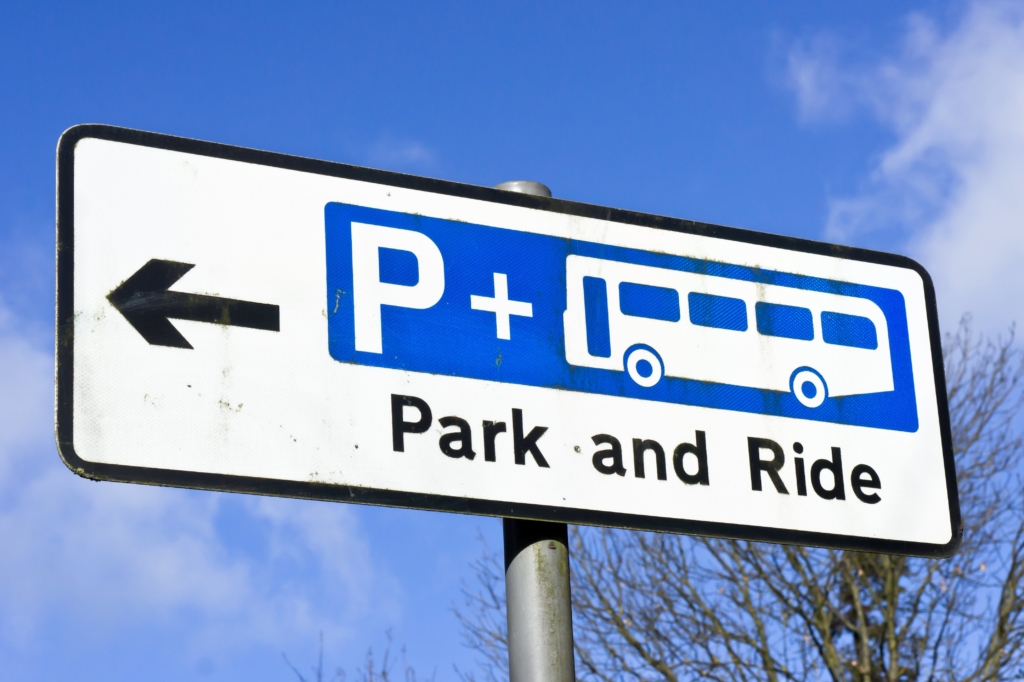
Do we have a solution?
As a mobility-as-a-service (MaaS) company, Asia Mobiliti is constantly working towards tackling the challenge of high private vehicle ownership in Malaysia through enabling multimodal transportation and developing alternative modes of transport — all of which will require parking data.
Current parking sensing technologies require high installation costs because sensors need to be placed at every parking bay and this makes scaling these solutions very expensive.
There is also a lack of real-time parking data for drivers. Existing solutions only provide an overall number of free spaces without indicating the exact locations. This does not help drivers to get to the available parking bays as efficiently as possible and only exists as a solution for private parking lots.
To fill these gaps, our team at Asia Mobiliti embarked on developing a solution with Monash University Malaysia to develop a solution using Light Detection and Ranging (LiDAR) sensors.
LiDAR sensors are long-range sensors that can cover large areas and are able to distinguish vehicles from non-vehicles to ensure correct detections are generated. This will enable a scalable wide-range detection integrated with a web-based architecture for precise wayfinding.
Alleviating the parking pain points for drivers is not an easy task but there is a clear path to it. A variety of solutions are surfacing to enhance the connectivity of parking spaces, making them more accessible and automated, whilst offering both drivers and parking managers important and useful data.
In the second part of this parking series, we will chart the path to on-street parking automation and discuss where Malaysia stands along this path. Stay tuned for our next article!
To find out more about our solutions, contact us here.
Share This Story!
RELATED POSTS
The unsolved problems with private and on-street parking
Consider this question: You roam around in endless loops in a parking lot, looking for an empty spot; so just how much time do we waste on a daily basis searching for parking?
For motorists in Kuala Lumpur, a study conducted by Boston Consulting Group (BCG) in 2018 revealed that motorists spend an average of 25 minutes every day just looking for parking spaces. This does not include the time spent stuck in traffic, which on average, takes an additional 53 minutes.
And with the rising volume of vehicles on the road due to population growth and urbanisation, solving drivers’ pain points is ever more important.
Parking is a core part of every journey. But to make our journeys seamless and efficient, we need data. This includes data about parking locations and availability, where empty spaces are, the requirements for special needs, parking fees and duration restrictions, just to name a few.

Innovation in Private Parking Lots
There are new solutions that are available today using different technologies. The most common is for private parking lots to install sensors that indicate how many available spaces there are. Commonly, these sensors have coloured lights on top of every space indicating availability.
Licence Plate Recognition (LPR) technology, which captures vehicles’ plate numbers as they drive in to record the parking duration and charge the users accordingly, is also becoming common.
The move towards the use of Radio-Frequency Identification (RFID) tags automating payments and providing entry/access to private lots is also in the works.
Touch ‘n Go recently said it will roll out RFID payments for parking lots. The company is committed to making RFID payments a reality at petrol stations as well as food and beverage drive-through outlets.
If more RFID applications are successful, RFID could emerge as a default payment option. In general, we are starting to see an integration of new payment methods, lessening the trouble of using small change for payment.
Besides this, a few digital applications are also coming into the picture.
The Park It app is a peer-to-peer parking solution that allows users to share their parking spaces when they are not using them. Another smartphone app, kipleCity, formerly kiplePark, utilises LPR technology to streamline private parking management by processing payment directly on the app.
The ParkAide app boasts of a full parking management solution. The app displays full and empty parking bays, thereby allowing drivers to book a parking space. It also helps drivers locate their cars in a parking lot.
ParkAide also offers analytics identifying high-demand parking bays and enables management to recommend empty parking bays. It even integrates building security with an SOS button for users.
Overall, private parking lots are advancing quicker than on-street parking as technology can be integrated with its existing infrastructure. That said, we are not yet at a stage where parking can be fully automated because of the lack of quality parking data.

What about On-Street Parking?
Public on-street parking or municipal parking suffers from similar challenges as private parking lots. These include difficulty in finding parking during peak hours in high density areas; lack of real time digital sign boards to indicate empty spaces; and the use of parking coupons, which is outdated and difficult for commuters to settle if fined.
While these challenges are common, on-street parking has the added burden of lack of access control infrastructure. On-street parking does not have controlled access that can regulate occupancy and payment. To date, there remains a heavy reliance on enforcement officers to monitor parking spaces, due to many vehicles exceeding the allotted time and vehicles ‘double parking’ or parking in prohibited spaces.
Even if there was a way to monitor the number of vehicles available within a parking lot, identifying the exact location of an empty parking bay requires the installation of sensors at each bay. The cost is prohibitive and unscalable.
Beyond these challenges for on- and off-street parking looms another larger issue: The lack of first-mile/last-mile connectivity between suburbs and main transport lines. This is where parking is not only a cornerstone of a person making a journey from A to B, but plays a major role in multimodal transportation — the use of more than one mode of transport to complete one’s journey.
Today, there is a rise in alternative modes of transport for first-mile and last-mile connections, such as e-hailing and demand-responsive transit. But these alternatives are less likely to replace private vehicles but rather complement them by taking people to their destinations.
Here is where park-and-ride facilities play an important role.
Park-and-ride encourages drivers to leave their cars at parking spaces near bus or train stations so that they can continue their trips using public transit. While most stations in Malaysia are now becoming equipped with park-and-ride facilities, the lack of data on the availability of parking spaces and real-time data on public transit prevents people from adopting multimodal journeys.

Do we have a solution?
As a mobility-as-a-service (MaaS) company, Asia Mobiliti is constantly working towards tackling the challenge of high private vehicle ownership in Malaysia through enabling multimodal transportation and developing alternative modes of transport — all of which will require parking data.
Current parking sensing technologies require high installation costs because sensors need to be placed at every parking bay and this makes scaling these solutions very expensive.
There is also a lack of real-time parking data for drivers. Existing solutions only provide an overall number of free spaces without indicating the exact locations. This does not help drivers to get to the available parking bays as efficiently as possible and only exists as a solution for private parking lots.
To fill these gaps, our team at Asia Mobiliti embarked on developing a solution with Monash University Malaysia to develop a solution using Light Detection and Ranging (LiDAR) sensors.
LiDAR sensors are long-range sensors that can cover large areas and are able to distinguish vehicles from non-vehicles to ensure correct detections are generated. This will enable a scalable wide-range detection integrated with a web-based architecture for precise wayfinding.
Alleviating the parking pain points for drivers is not an easy task but there is a clear path to it. A variety of solutions are surfacing to enhance the connectivity of parking spaces, making them more accessible and automated, whilst offering both drivers and parking managers important and useful data.
In the second part of this parking series, we will chart the path to on-street parking automation and discuss where Malaysia stands along this path. Stay tuned for our next article!
To find out more about our solutions, contact us here.
